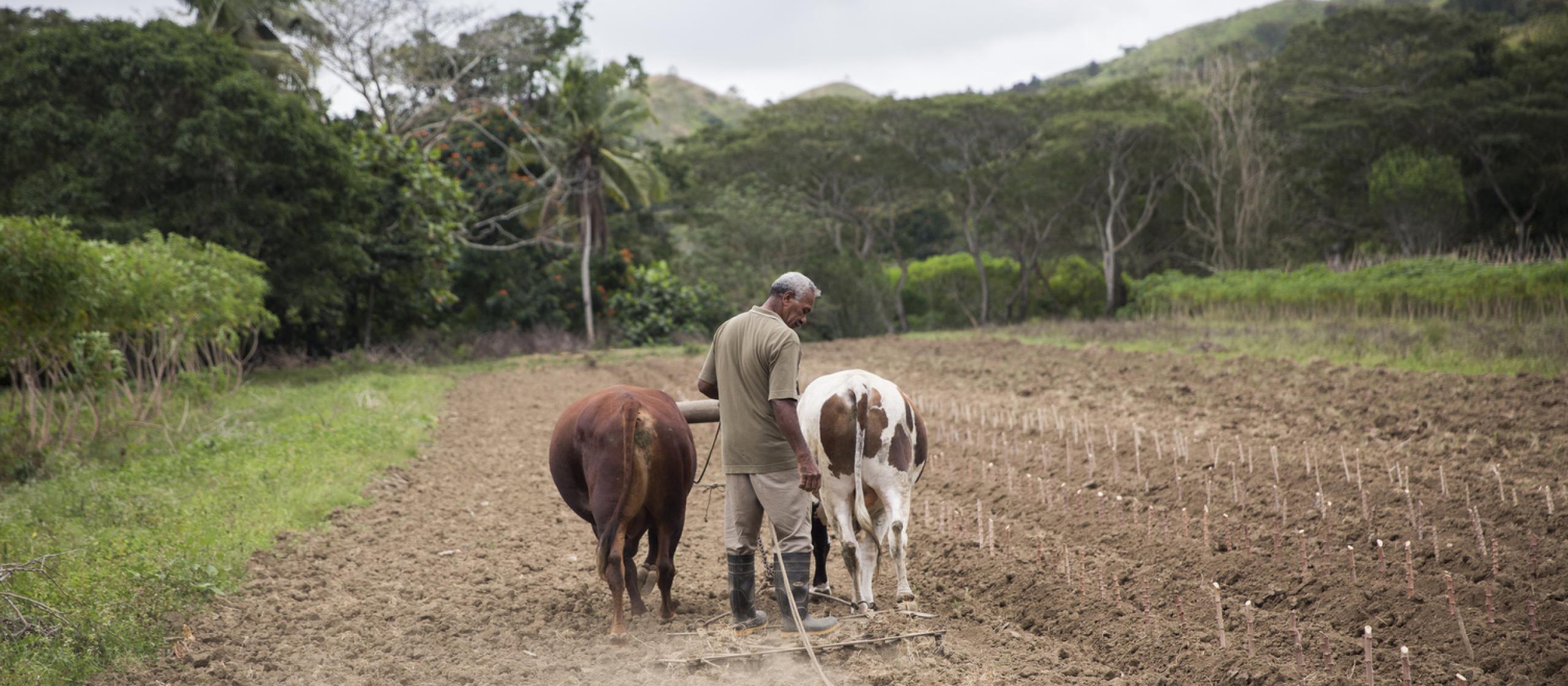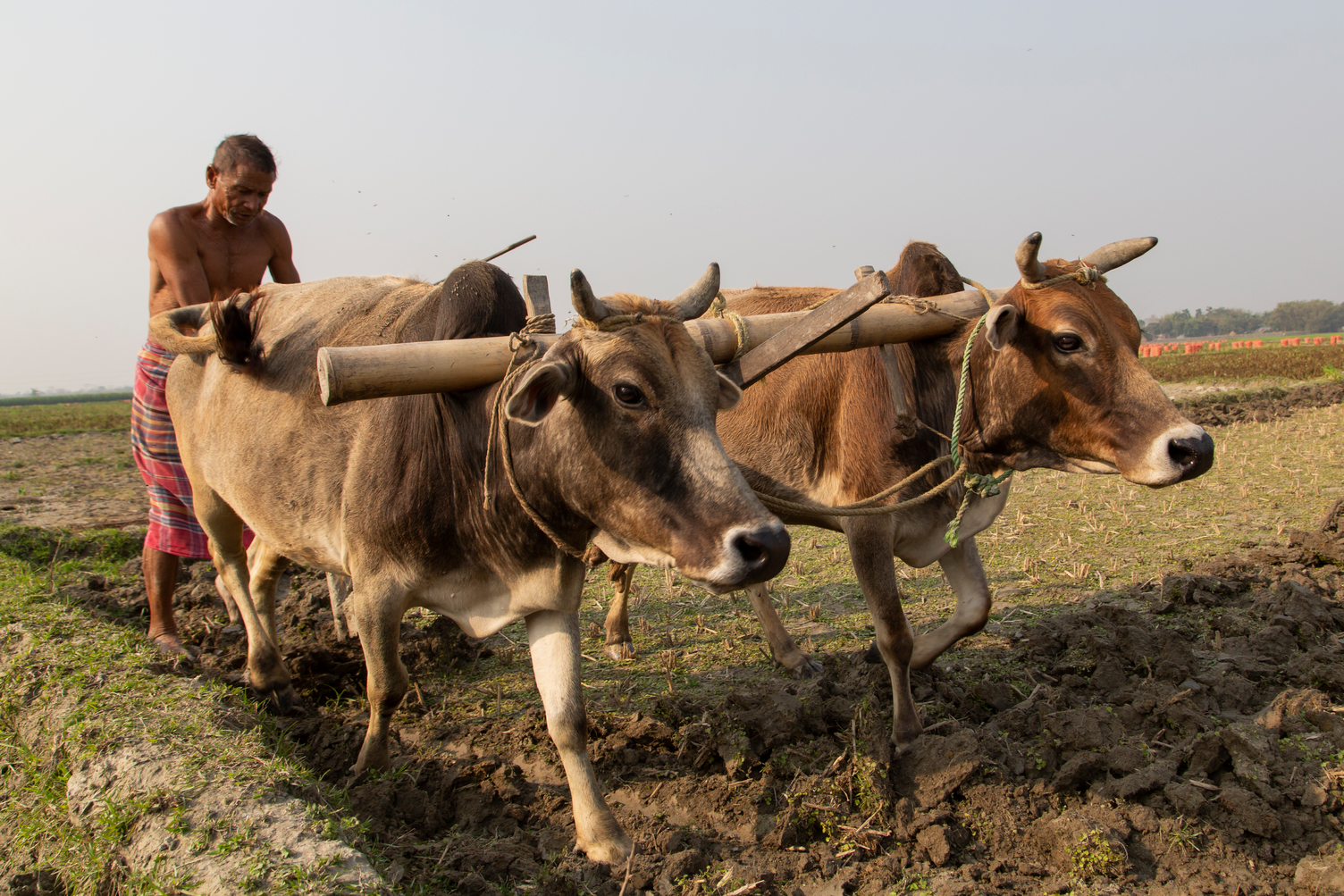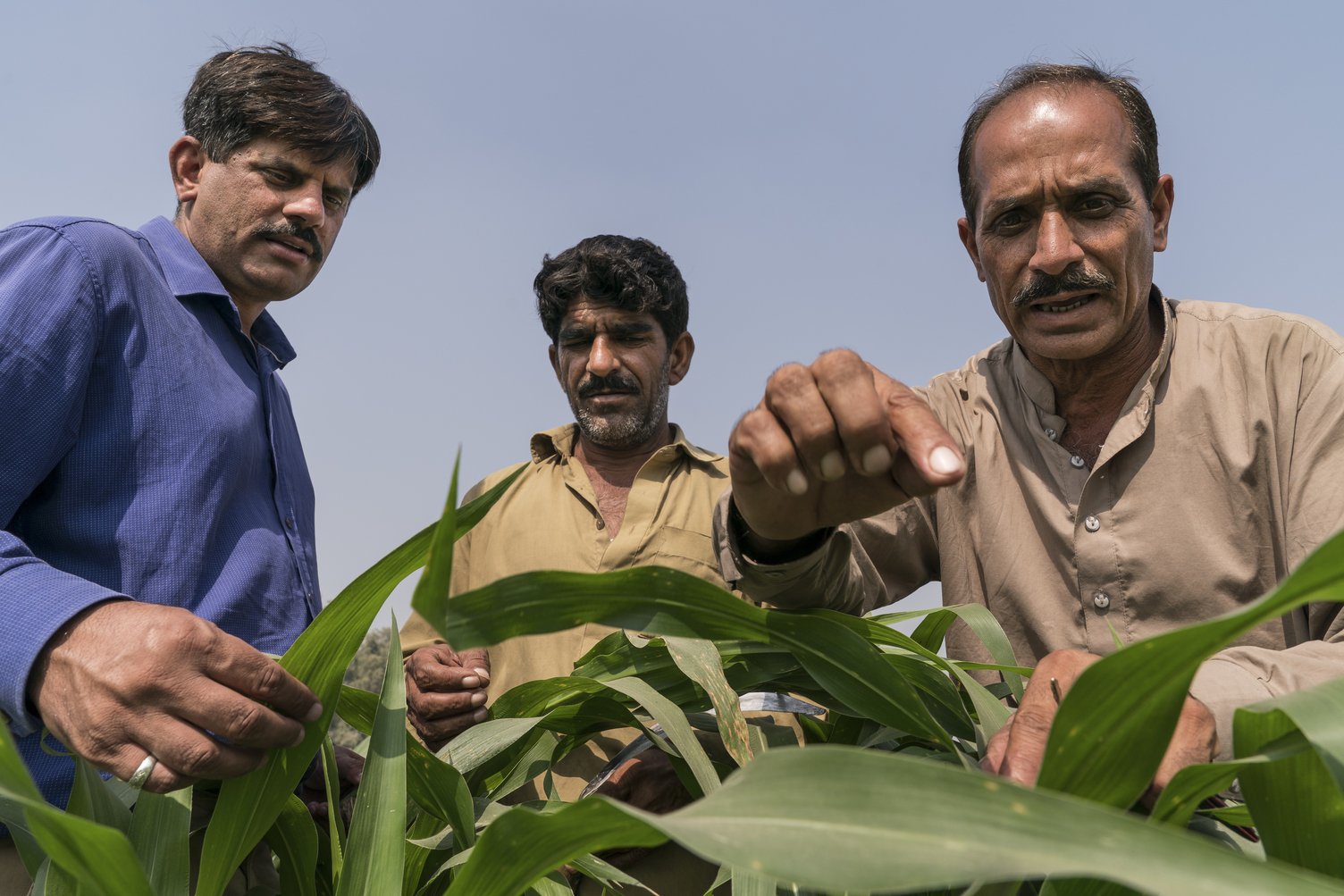- HomeHome
-
About ACIAR
- Our work
- Our people
-
Corporate information
- ACIAR Audit Committee
- Commission for International Agricultural Research
- Policy Advisory Council
- Agency reviews
- Executive remuneration disclosure
- Freedom of information (FOI)
- Gifts and benefits register
- Information publication scheme
- List of new agency files
- Contracts
- Legal services expenditure
- Privacy impact assessment register
- Commonwealth Child Safe Framework
- Benefits to Australia
- Careers
- 40 years of ACIAR
-
What we do
- Programs
- Cross-cutting areas
- Resources
- Where we work
-
Funding
- Research projects
- Fellowships
-
Scholarships
- John Allwright FellowshipScholarships to study in Australia for ACIAR partner country scientists to have Australian postgraduate qualifications
- ACIAR Pacific Agriculture Scholarships and Support and Climate Resilience Program
- Alumni Research Support Facility
- Publications
- News and Outreach
Date released
17 November 2021
By Dr Anna Okello, ACIAR Livestock Systems Research Program Manager
Contrary to what many would have us believe, livestock is not ‘just for eating’.
Across the world, particularly in low-and middle-income countries (LMICs), livestock plays an essential role in smallholder farming systems in addition to the provision of meat and milk. These contributions include transport, traction in manual labour, fertiliser, dowry, and as a bank account for school fees, healthcare and resilience to other household shocks.
In many countries and cultures livestock brings communities together providing safety and assurances during worrying events such as the COVID-19 pandemic, as recently highlighted in this blog from Timor-Leste.
The many roles of livestock also offer a multiple of opportunities for the world’s estimated 1.3 billion smallholder livestock producers to support livelihoods, social security and nutrition—while also reducing greenhouse gas emissions—through greater understanding of the true returns of investments to improve the quality, safety and sustainability of national livestock sectors.
Although it is well known that livestock contributes more than just food, we need to better understand the return on investment from interventions to adapt and improve efficiency.
There is a significant body of proven technological and biophysical interventions that have successfully demonstrated how to improve the efficiency of livestock enterprises worldwide.
These include:
- improved feed and fodder supply
- interventions in genetics and reproduction efficiencies
- increased investment in the prevention and control of animal diseases
While these interventions are well-known for improving livelihoods and food security, such improvements also allow for decreased methane emissions per unit of livestock.
Additional livestock production efficiencies – resulting in further reduced GHG emission intensities – can be achieved through, for example, the promotion of additional herd management practises such as sale of animals at optimal age (herd offtake); this is especially true in countries or sectors looking to increase formal livestock trade.
Such livestock production efficiencies can demonstrate positive net effects on regional trade and livelihoods, providing further incentive for government and private sector investment in these contexts. This is particularly true when aggregated at a regional level.
More systematic integration and understanding of the co-benefits achieved through livestock production efficiencies demonstrate what is known as the ‘livestock triple win’. That is, national and regional policies and programs that promote the combined nutritional, environmental and livelihood benefits of improved smallholder livestock production in LMICs. In this way, interventions and investment in smallholder livestock enterprises provide a unique opportunity to ensure that livestock production is part of the future solution to climate change in these countries, rather than part of the problem.
Better understanding of the return on investment from more efficient and adaptive livestock production systems is becoming ever more important as the global population continues to grow, and the projected global demand for animal products also grows with it.
Understanding such trends to enable us to invest in livestock systems and technologies that are relevant to the next 20 years—and beyond—is a key part of the decision-making process for the ACIAR Livestock Systems Research Program. While it remains fundamentally important to support the application and refinement of technological innovations, a large part of the focus at ACIAR is to also fund research that enables a better understanding of the institutional, policy, economic and social contexts that such technical solutions need to be implemented within.
Missteps in our calculation of the risks of livestock intensification, or our inability to measure the positive co-benefits, could lead to reduced net investment in livestock systems in LMICs, resulting in adverse effects on the billions of people worldwide who both directly and indirectly depend on livestock for their health, food security and household resilience.
In this way, the ‘problem statements’ for livestock research for development need to be sufficiently inclusive to acknowledge the social, economic and nutritional benefits of livestock keeping to women, men and their families, while minimising environmental, animal welfare and public health impacts. Through recognising and measuring these ‘triple win’ nutritional, livelihoods and environmental co-benefits, increased support to smallholder livestock production systems can reveal unique opportunities for both mitigation and adaptation to climate change.
Dr Anna Okello is the Research Program Manager for Livestock Systems at ACIAR. The program brokers research partnerships to develop more productive, profitable and sustainable livestock systems for the benefit of humans, animals and the environment. Learn more.





